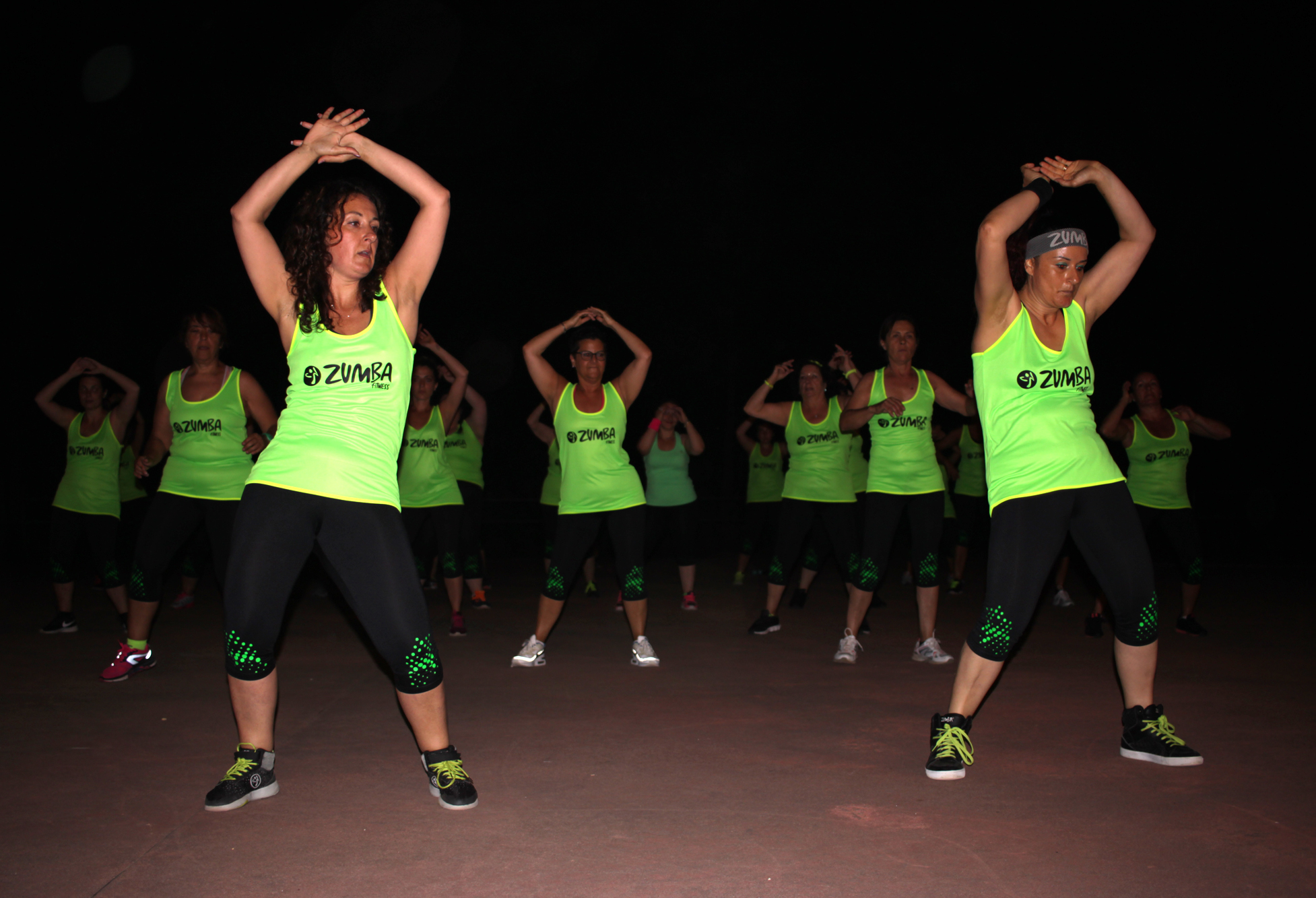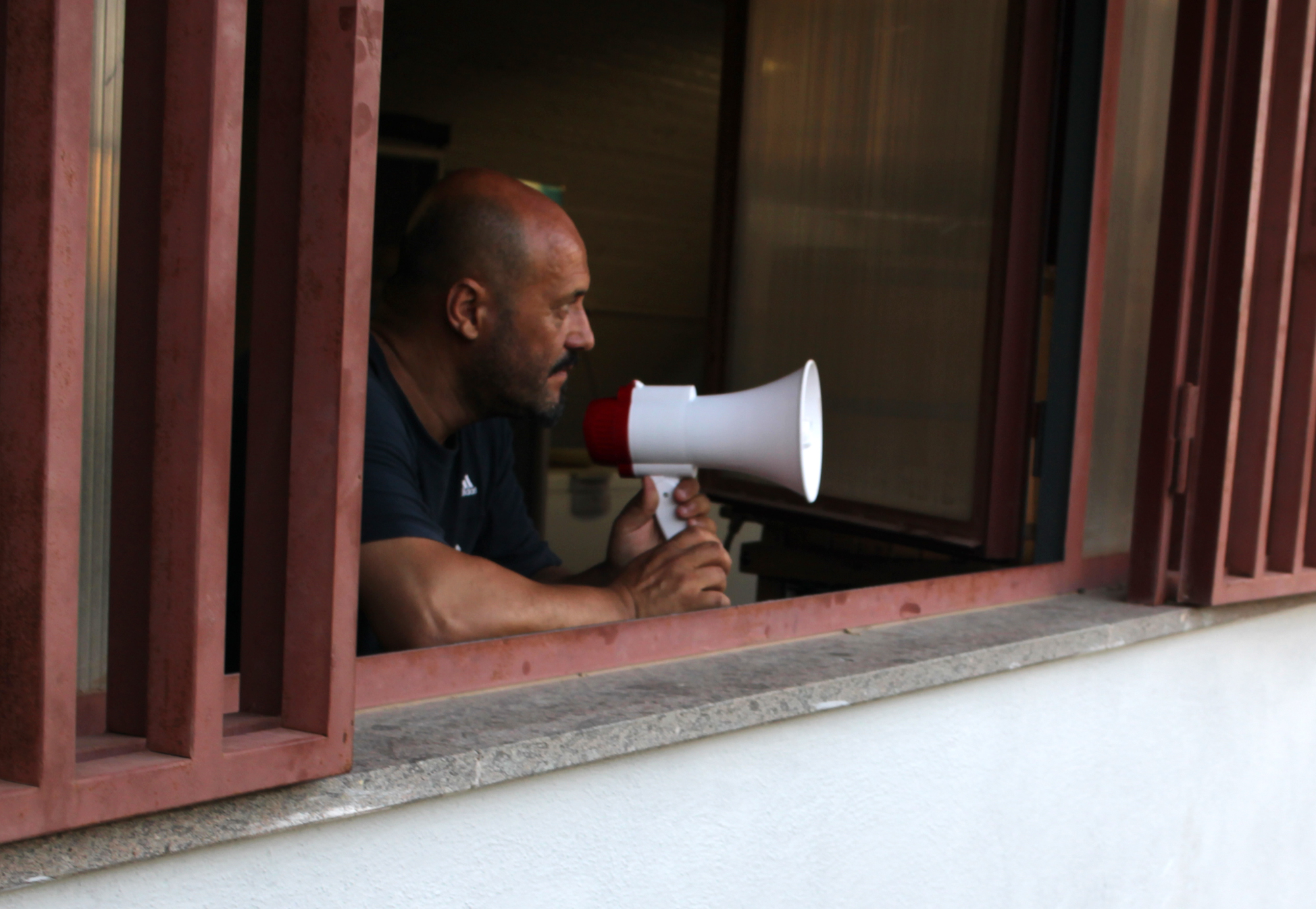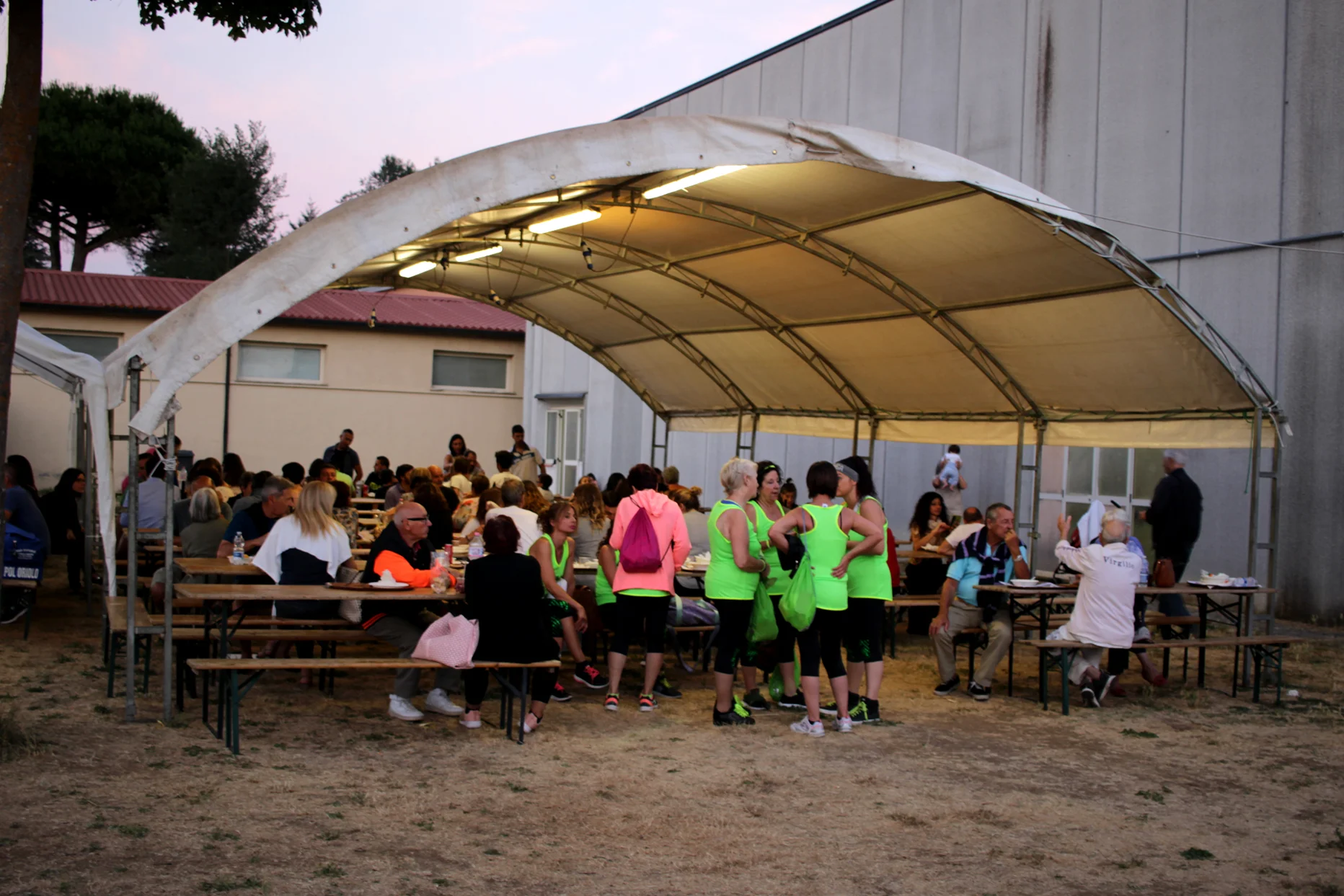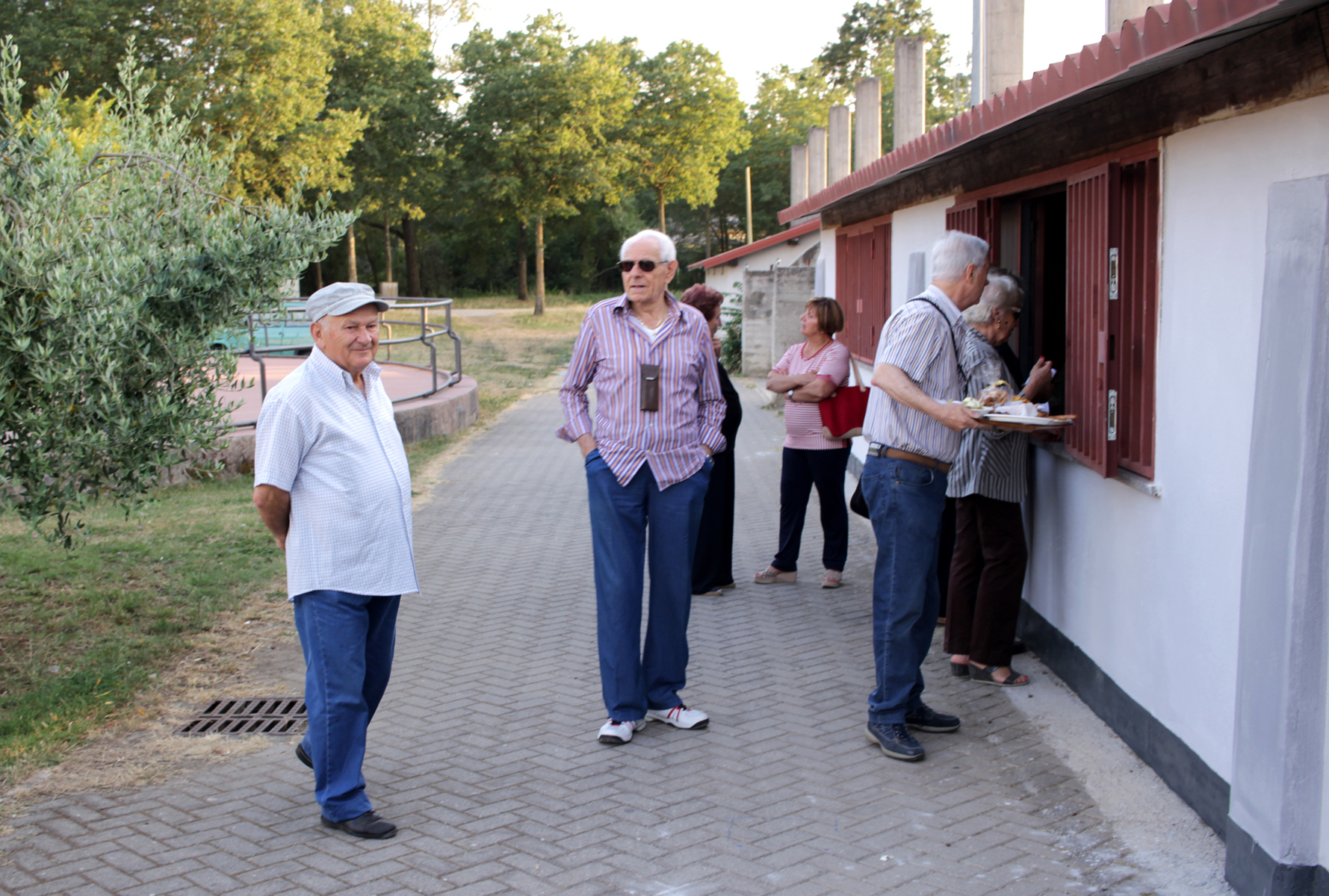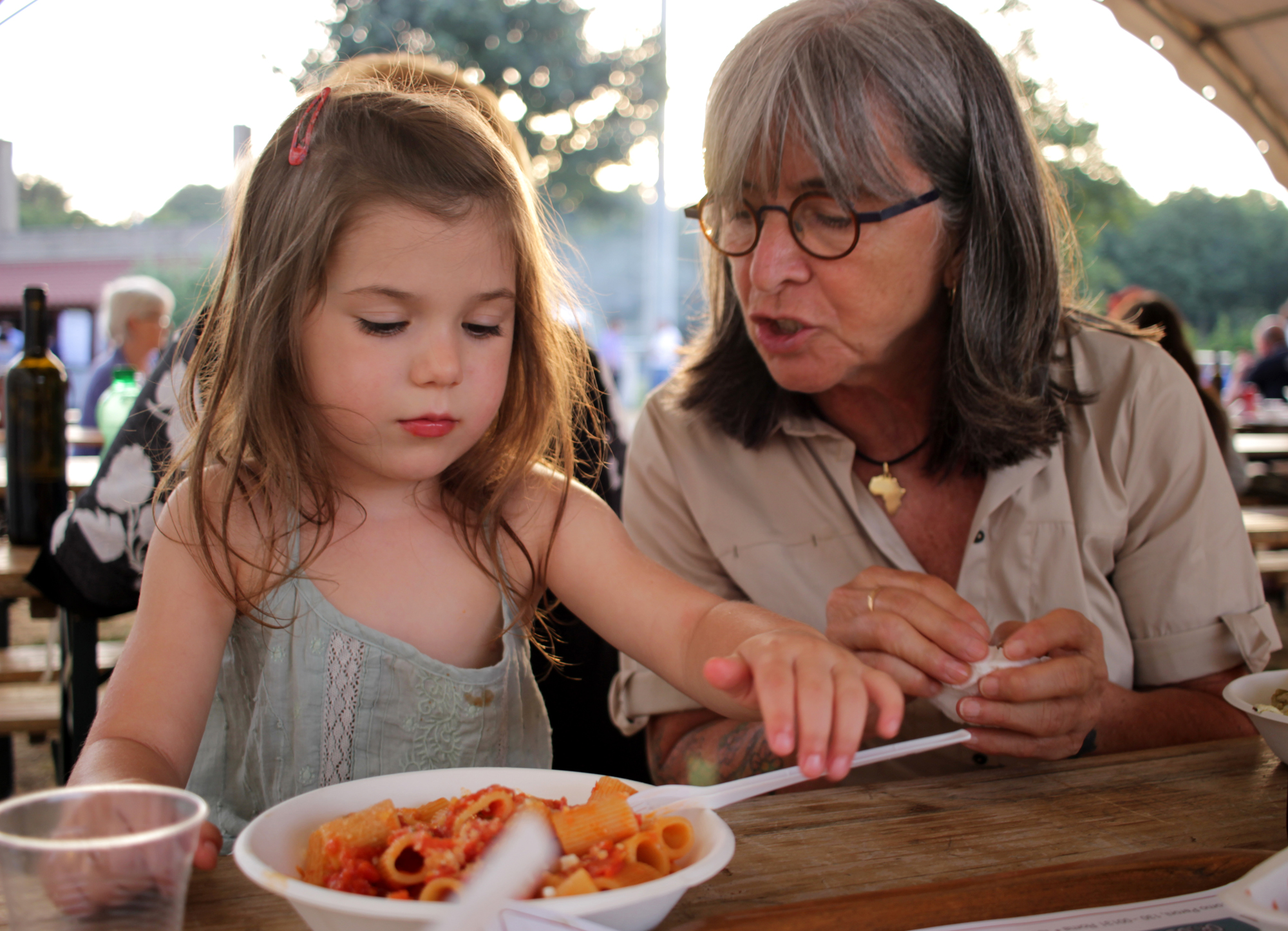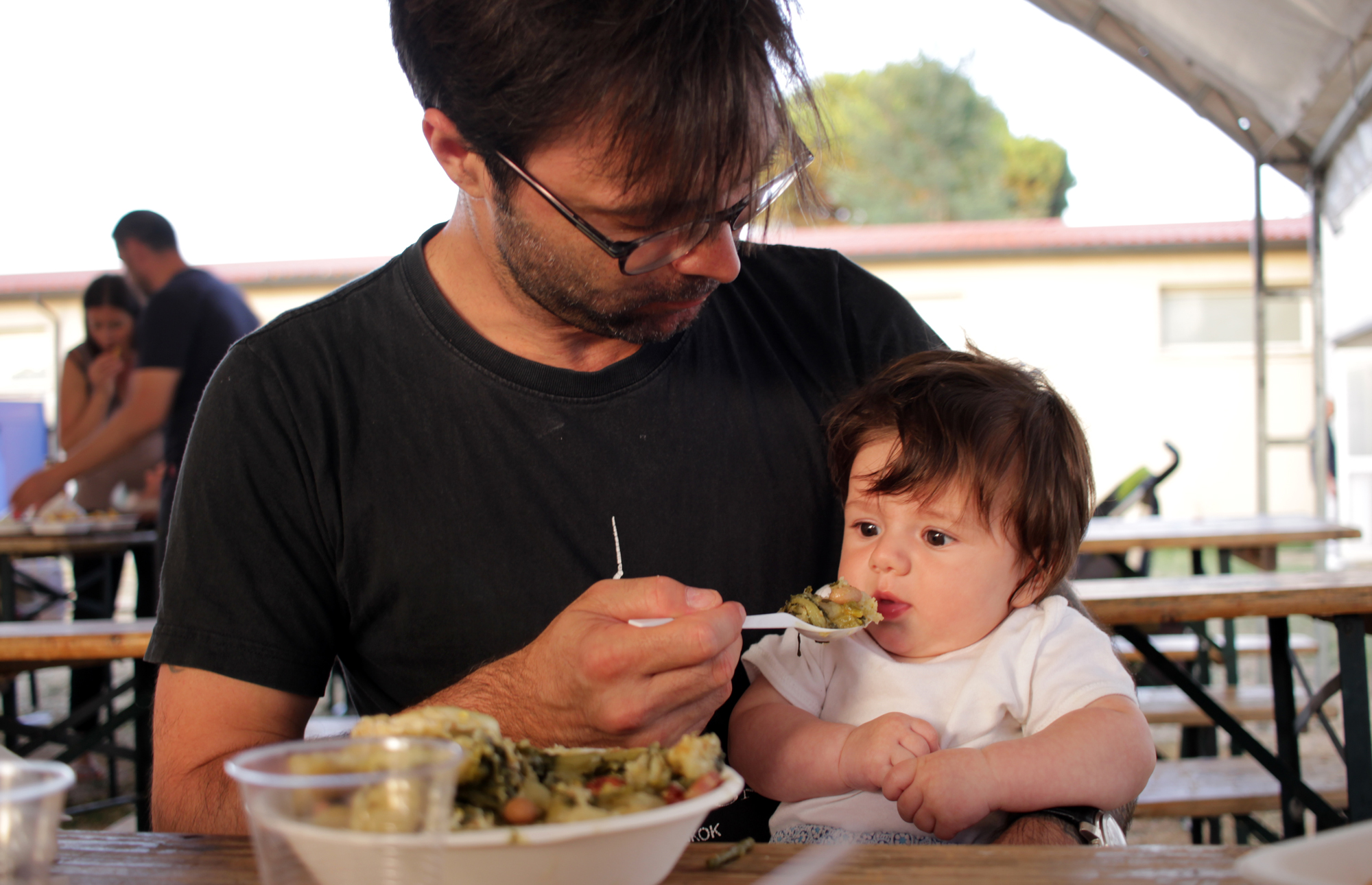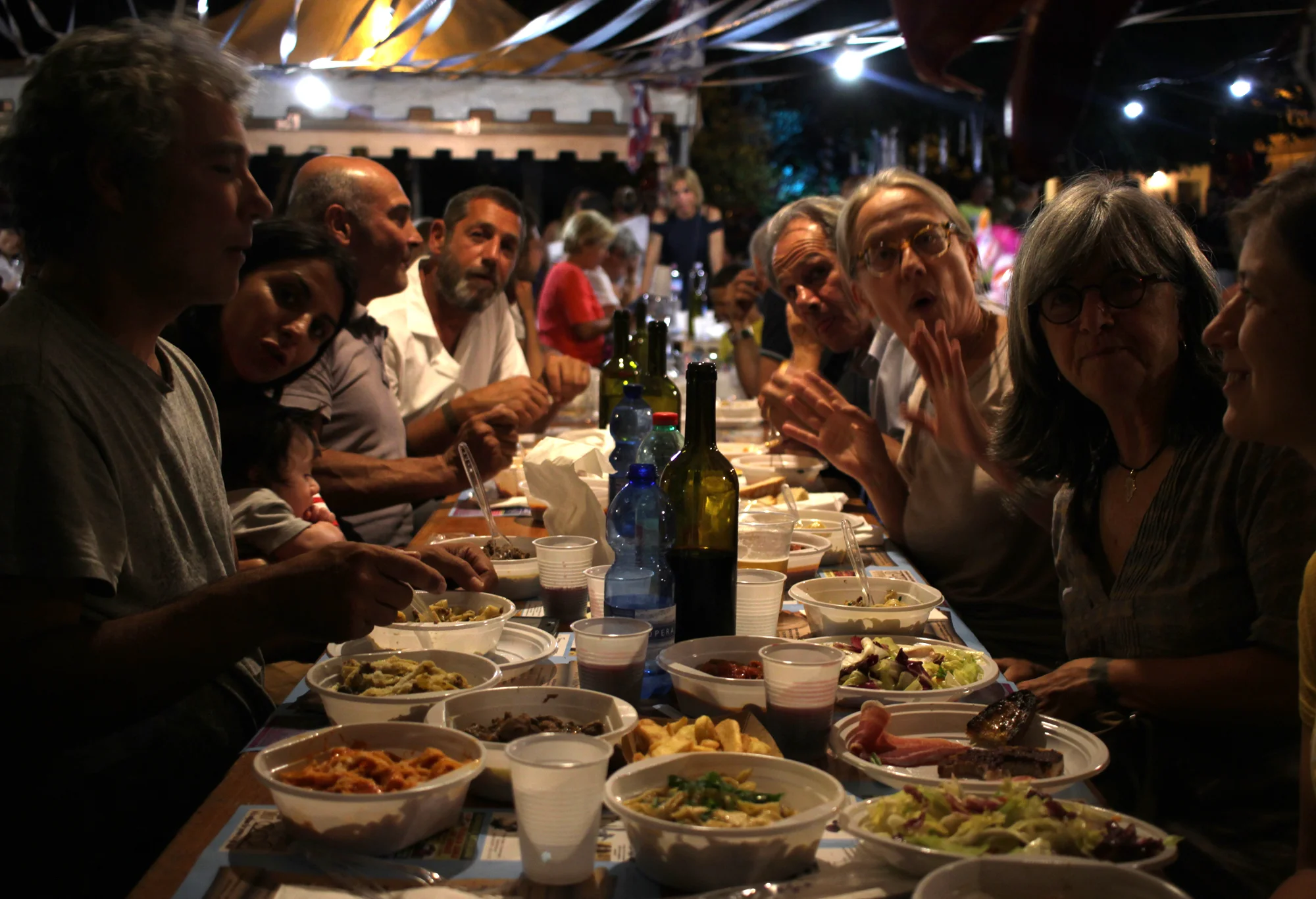Cowboys do it better

Rising up, back on the street
Did my time, took my chances
Went the distance, now I'm back on my feet
Just a man and his will to survive
In a blur of lime green Lycra and wild enthusiasm, a troupe of women Zumba the hell out of motivational classic ‘Eye of the Tiger’ in the small village of Oriolo. But we’re at a sagra, so that kind of makes sense. At a sagra, anything goes.
One of my favourite Italian phenomena, sagre are parties thrown to celebrate, show off and eat one particular local ingredient or recipe. They bring the entire community together, like a village fete with far better food. There are sagre for porcini, for trout, for tripe, for chestnuts and white truffles and wild boar. And the list goes on.
This however, was the Sagra dell'Acquacotta, a dish I’d never even heard of. Steeped in tradition and history as well as really good broth, this hearty soup was originally a peasant dish, made by the shepherds, colliers and most famously the butteri of the Maremma region. The butteri were the mounted cattle herders –or cowboys- that rode the vast, sparse 5000km2 of plains, and when they went out to work, it was no nine to five gig. These guys were gone for days. They needed food that would warm them, fuel them, and ideally not poison them. So acquacotta was born.
Literally translating as ‘cooked water’, the dish was invented as a way of resuscitating the stale bread that was a primary filler for hungry bellies. Consisting of whichever local greens were growing, along with the oil, salt, and hunk of pancetta that fitted into a cowboy’s saddlebag, the soup was cooked slowly over a fire, then poured onto the bread in a bowl, where the humble collection of flavours came together to produce the edible version of a cuddle.
These days, an acquacotta might be embellished with a little luxury or added interest: potatoes, tomatoes, chicory, a handful of herbs to make it sparkle. It could be topped with a sprinkling of pecorino or a poached egg that oozes its yolk as you stick your spoon in it. But the basics remain the same, and it’s the kind of recipe that Italy has become protective of, a relic from the past. A soup with a story.
So back to Oriolo. The sagra is no fine dining establishment. There are no frills or ceremony. Sometimes, you’ll choose from a paper menu that doubles as a placemat, bellowing your order over the crowds to an awkward teenager from the village who’s playing waiter for the night. In this case, you choose from a roughly-printed list taped to the outside of a hut, then hover outside until a man pokes his megaphone out of his window and half deafens you with your order number. Off we go, juggling our exploding baby, sceptical four-year-old and plastic trays loaded with chips, wine and the all-important acquacotta.
The soup is a meal in itself, and a delicious one at that. The pancetta lends a deep and salty hum to the otherwise clean notes of the wilted greens and soft potatoes. It might not look much, but it turns out to be nigh-on impossible to finish a bowlful. So we slow down, sip our remaining broth and take a look around.
Eating at a sagra is a communal affair and a people-spotting paradise. Food in Italy is democratic, accessible. So-called peasant food is revered by the rich as much as the poor, because the Italians have an ability like no-one else to take a simple ingredient and make it bloody delicious with the minimum of fuss.
This is illustrated perfectly in the long lines of rickety benches and picnic tables under the huge tarpaulin tent at the sagra. An impeccably dressed elderly couple talk quietly to each other, a carefully tissue-wrapped present from him to her on the table between them. A pair of teenagers, speckled with acne and surging hormones are on a date, far more interested in each other than the food. A rabble of a family, all crazed hair and gesticulation, are totally at home, shouting and tormenting each other as they would in their own kitchen.
We could stay there for hours, just watching the human spectacle of it all, but bed is calling and so we go. As we walk to the car, we look back to see that tent, lit up against the fallen night, an entire community brought together by a bowl of soup. And the last few lines of the old favourite blare through the darkness as the Zumba ladies perform their encore.
It's the eye of the tiger
It's the thrill of the fight
Rising up to the challenge of our rival
And the last known survivor
Stalks his prey in the night
And he's watching us all with the eye of the tiger.

